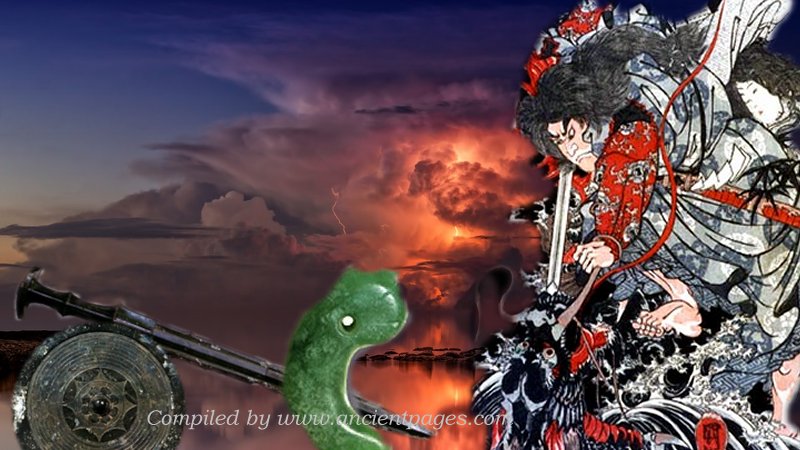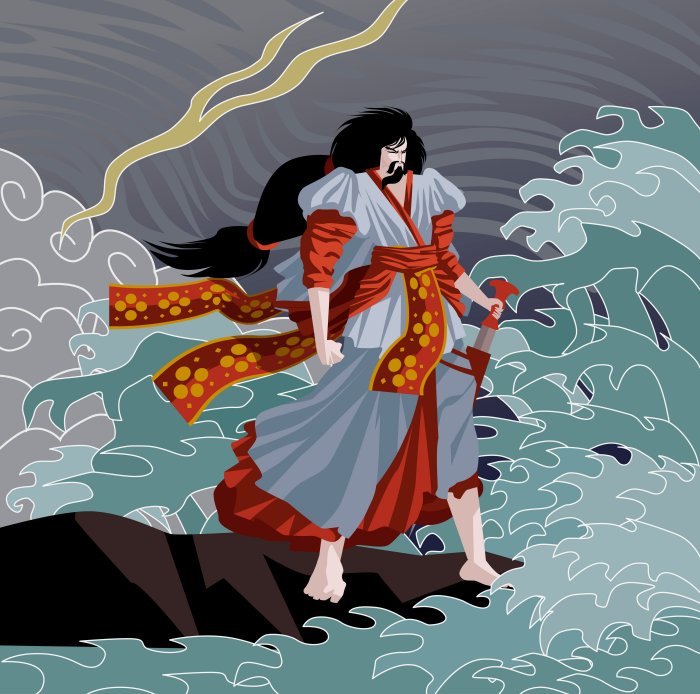Susanoo-no-Mikoto – Shinto God Of The Sea And Storms Was Banished From Heaven
David Tee - AncientPages.com - The earliest records anyone has of the Japanese myth Susanoo-no-Mikoto appears in the 8th century AD. These records tell the story of the Japanese storm and sea god who could not control himself when he got excited.
In fact, it was his uncontrollable nature that got him banned from heaven. Susanoo was born when his father, Izanagi, washed the remnants of the underworld off his body. Amaterasu was born when Izanagi washed out his left eye; her brother Tsukuyomi was born from washing of the right eye and Susanoo was born when Izanagi washed his nose.
How his sister was born, we do not know. But Susanoo’s banishment came when he could not control his temper. Like some gods, Susanoo had a favorite weapon, the Kusanagi sword that was one of three Imperial Regalia of Japan.
Lose Your Temper, Lose Heaven
Susanoo and his sister Amaterasu decided to have a little competition with each other. They decided to see who could create gods, and then they would decide who won the competition. Susanoo decided that he won because his object created women. His sister agreed and for a time the two lived very contentedly.
But this quiet scenario was not going to last. For some reason, Susanoo lost his temper and went on a rampage, destroying his sister’s property and killing one of her maids. This made Amaterasu very afraid, and she hid in a cave.
Susanoo-no-Mikoto with the Kusanagi sword. Credit: Adobe Stock - matiasdelcarmine
Amaterasu was the sun goddess, and the world was plunged into darkness when she hid herself. It was a situation that could only be remedied by drawing her out of her hiding place. For his actions, Sosanoo was banished from heaven.
Different accounts have this event at different times.
Susanoo-no-Mikoto And The Three Regalia
The three imperial regalia of Japan are revered items that are housed in different shrines throughout the country. They have been used to guide the nation into modern times and turn feudal Japan into a modern country.
It is said that the three imperial regalia were a direct gift from Amaterasu to the people of Japan. How did Amaterasu come to possess the three imperial regalia? During her time hiding in the cave, the gods needed to draw her out so that the sun would shine again.
They got together and decided to give her jewels and a mirror. Then, the goddess Uzume started to take her clothes off. The idea of this dance made the other gods laugh loudly. This piqued Amaterasu curiosity, who wondered why they could be celebrating.
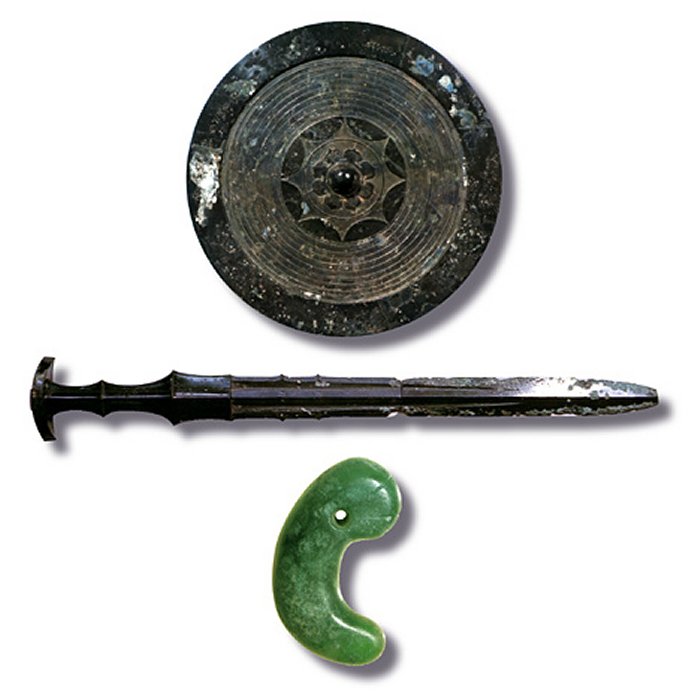
Artist's impressions of the (unseen) Imperial Regalia of Japan. Image credit Wikipedia - CC BY-SA 4.0
Once she opened the blocked cave, the other gods dragged her out of hiding. A third gift, the sword Kusanagi no tsurugi, was given by Sosanoo as an apology. He was sorry by what he did and tried to make it up to his sister by giving this sword he had taken from an earthly monster.
These three items make up the three imperial regalia.
One Of Susanoo's Adventures
Once on earth, Susanoo was not lacking adventure or challenges. One challenge came when he met some Japanese villagers who told them a monster had devoured some of the children from the village.
The monster was an eight-headed serpent who covered 8 hills and 8 valleys with his large body. Susanoo did not meet the serpent head on but decided to use a little trickery. He had the villagers prepare 8 large vats of sake and when ready, Susanoo placed those vats in the path of the serpent.
Each head of the serpent drank from their own vat. Once consumed, all eight heads fell asleep. Susanoo then took his sword and cut the eight heads off. He then proceeded to the tails and saw that inside one of the tails was the sword Kusanagi no tsurugi.
This was the sword that Susanoo gave to his sister in apology and which became one of the three imperial regalia of Japan.
Susanoo-no-Mikoto Is Still Thought Of Today
Both Susanoo and his sister, Amaterasu are housed in temples today, they are not placed together. Amaterasu was placed in the Honden Shrine or "Grand Shrine, while Susanoo was housed in the Kumano Taisha located in Shimane.
That was the place it is said that he descended to earth.
Updated on March 3, 2024
Written by – David Tee AncientPages.com Staff Writer
Copyright © AncientPages.com All rights reserved. This material may not be published, broadcast, rewritten or redistributed in whole or part without the express written permission of AncientPages.com
Expand for referencesMore From Ancient Pages
-
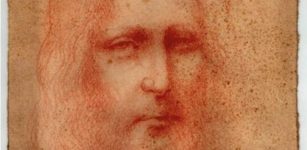 Unknown Sketch Of Jesus Christ By Leonardo Da Vinci Could Be The Holy Grail Of Art
News | Nov 24, 2020
Unknown Sketch Of Jesus Christ By Leonardo Da Vinci Could Be The Holy Grail Of Art
News | Nov 24, 2020 -
 Curious Bannerstones Used By Prehistoric Native Americans For Unknown Purpose
Artifacts | May 31, 2021
Curious Bannerstones Used By Prehistoric Native Americans For Unknown Purpose
Artifacts | May 31, 2021 -
 Giant 4,500-Year-Old Axe Grinding Site Discovered In Scotland
Archaeology | Dec 13, 2022
Giant 4,500-Year-Old Axe Grinding Site Discovered In Scotland
Archaeology | Dec 13, 2022 -
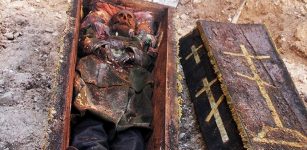 Dispute Between Russia And Poland Over Discovery Of Czarist Officer’s Corpse In Turkey
Archaeology | Apr 10, 2018
Dispute Between Russia And Poland Over Discovery Of Czarist Officer’s Corpse In Turkey
Archaeology | Apr 10, 2018 -
 Nomadic People’s 1,500-Year-Old Imperial Worship Unearthed In Hohhot, Inner Mongolia
Archaeology | Nov 18, 2020
Nomadic People’s 1,500-Year-Old Imperial Worship Unearthed In Hohhot, Inner Mongolia
Archaeology | Nov 18, 2020 -
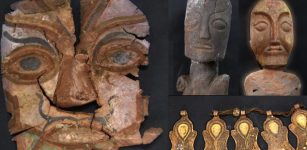 Golden And Silver Facial Ornaments, Wooden Figurines Among The Finds In Tomb Of Tibetan Plateau
Archaeology | Dec 28, 2020
Golden And Silver Facial Ornaments, Wooden Figurines Among The Finds In Tomb Of Tibetan Plateau
Archaeology | Dec 28, 2020 -
 Giant Egyptian Pyramids Hidden Beneath The Sand Dismissed By Egyptologists Without Investigation!
Archaeology | Jun 29, 2020
Giant Egyptian Pyramids Hidden Beneath The Sand Dismissed By Egyptologists Without Investigation!
Archaeology | Jun 29, 2020 -
 Aaru – Field Of Reeds: Kingdom Of Osiris Was The Ancient Egyptian Paradise
Myths & Legends | Feb 29, 2024
Aaru – Field Of Reeds: Kingdom Of Osiris Was The Ancient Egyptian Paradise
Myths & Legends | Feb 29, 2024 -
 Why Does The Inner Ear Of Neanderthals Pose An Evolutionary Riddle?
Evolution | Feb 20, 2025
Why Does The Inner Ear Of Neanderthals Pose An Evolutionary Riddle?
Evolution | Feb 20, 2025 -
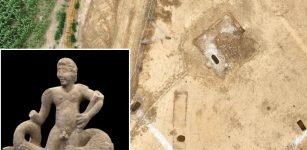 Spectacular Statue Of Sea God Triton Found In Roman Mausoleum In Kent
Archaeology | Sep 13, 2023
Spectacular Statue Of Sea God Triton Found In Roman Mausoleum In Kent
Archaeology | Sep 13, 2023 -
 Babylon Excavation Uncovers 478 Artifacts, Including Cuneiform Tablets and Seals
Archaeology | Oct 17, 2024
Babylon Excavation Uncovers 478 Artifacts, Including Cuneiform Tablets and Seals
Archaeology | Oct 17, 2024 -
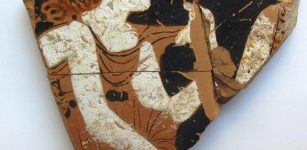 2,700-Year-Old Ancient City Of Limnai On Turkey’s West Coast – Discovered
Archaeology | Nov 22, 2018
2,700-Year-Old Ancient City Of Limnai On Turkey’s West Coast – Discovered
Archaeology | Nov 22, 2018 -
 Herne The Hunter – The Horned God And Lord Of The Forest In British Mythology
Featured Stories | Jan 12, 2016
Herne The Hunter – The Horned God And Lord Of The Forest In British Mythology
Featured Stories | Jan 12, 2016 -
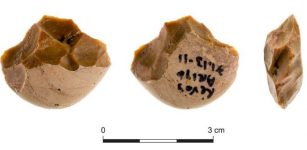 Function Of “Chopping Tools” Found At Prehistoric Site Of Revadim Israel – Studied
Archaeology | Jan 22, 2021
Function Of “Chopping Tools” Found At Prehistoric Site Of Revadim Israel – Studied
Archaeology | Jan 22, 2021 -
 On This Day In History: Sorley MacLean, A World Renowned Gaelic Poet, Died – On Nov 24, 1996
News | Nov 24, 2016
On This Day In History: Sorley MacLean, A World Renowned Gaelic Poet, Died – On Nov 24, 1996
News | Nov 24, 2016 -
 Sacred Island Ukonsaari Of The Sami People Will Be Respected – Tourism Company Ends Landings On The Island
News | Nov 14, 2019
Sacred Island Ukonsaari Of The Sami People Will Be Respected – Tourism Company Ends Landings On The Island
News | Nov 14, 2019 -
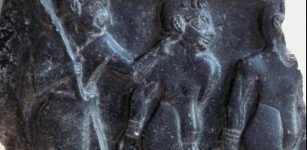 First Sumerian Revolt – People Oppose The Harsh Akkadian Empire
Featured Stories | Apr 14, 2023
First Sumerian Revolt – People Oppose The Harsh Akkadian Empire
Featured Stories | Apr 14, 2023 -
 Real-Life Excalibur Found Underwater In Bosnia – Medieval Sword In Stone Pulled Out
Archaeology | Oct 31, 2019
Real-Life Excalibur Found Underwater In Bosnia – Medieval Sword In Stone Pulled Out
Archaeology | Oct 31, 2019 -
 Merkhet – An Ancient Egyptian Timekeeping Instrument
Ancient History Facts | Jul 3, 2018
Merkhet – An Ancient Egyptian Timekeeping Instrument
Ancient History Facts | Jul 3, 2018 -
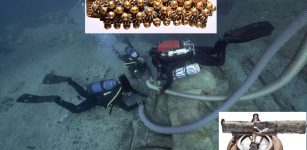 Historic Shipwreck Mentor Reveals Its Underwater Secrets
Archaeology | May 14, 2022
Historic Shipwreck Mentor Reveals Its Underwater Secrets
Archaeology | May 14, 2022

